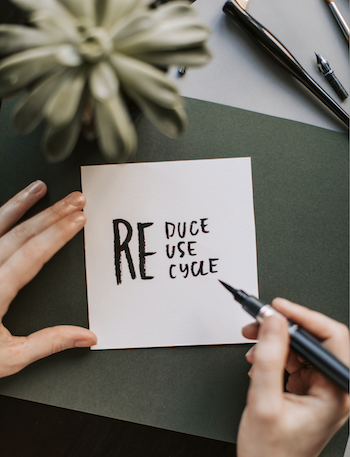
On 16 December, the National Conference of the Recycling Industry was held, organised by the Foundation for Sustainable Development and sponsored by the Ministry for the Environment and Energy Security (MISE), the Higher Institute for Environmental Protection and Research (ISPRA) and the National System for Environmental Protection.
During the event, the Report 2022 on recycling in Italy was presented.
Our country is the European leader for the rate of waste recycling, clearly exceeding the targets set by the European Union in almost all sectors. Examples are:
- paper and cardboard packaging, where the certified recycling rate in 2021 is 85.1% against the European target of 82% by 2030;
- post-consumer aluminium packaging, whose estimated recycling rate in 2021 is 67.5%, higher than the European targets set for 2025 and 2030;
- wood packaging waste, whose European target by 2025 is 25% while in Italy recycling is 64.7%.
A further figure of excellence in this sector is that 97% of recycled wood material is used for the production of chipboard panels for the furniture industry and furnishing accessories.
Italy also has a high circular material utilisation rate (CMU) of 21.6%, second only to France. This indicator is calculated through the ratio between the circular material use (U), i.e. the quantity of secondary raw materials used as input, and the total use, the sum of virgin and recycled raw materials.
Resource scarcity, high raw material and energy prices due to the post-pandemic and war in Ukraine, however, make necessary further efforts and incentives for the recycling sector to move towards a circular economy necessary.
This is where the NRP comes in, as well as new European measures whose implementation is under consideration.
In the European context, some of the deadlines set are:
- 1 January 2022 from which separating collection of textile waste has become mandatory; in addition the European Commission has launched a study for a revision of waste legislation expected in 2024 in order to introduce binding targets for textile reuse and recycling.
- By 2025, single-use plastic bottles must contain at least 25% recycled material. In the area of plastic packaging, a Plastic Tax of €0.80 per kg of plastic was introduced as of 1 January 2021 (but coming into force after approval by the Member States). This tax applies to the packaging quantities resulting between the packaging waste generated and the packaging sent for recycling.
- Proposal for a regulation on construction waste with the objective of assessing and disseminating the environmental performance of construction materials.
In the national context, however, the Ministry of Ecological Transition (MITE) approved the National Strategy for the Circular Economy (SEC) in June 2022 in compliance with the NRP. This policy document identifies actions to be taken by 2035 for the real transition to a circular economy. In the objectives of the SEC great space is given to waste management, through its digital identification, incentives and revision of taxation for the adoption of recycling instead of other types of disposal.
In addition, the need for updating and development of End of Waste and Minimum Environmental Criteria (CAM) regulations is highlighted.
The deadlines considered for the End of Waste Ministerial Decrees are: 31.01.2023 for road sweeping soil, 30.06.2023 for mixed plastics waste, the third quarter of 2023 for textile waste and the end of 2023 for batteries and accumulators.
Finally, the development of CAM will focus on construction, textiles, plastics and waste electrical and electronic equipment (WEEE).


